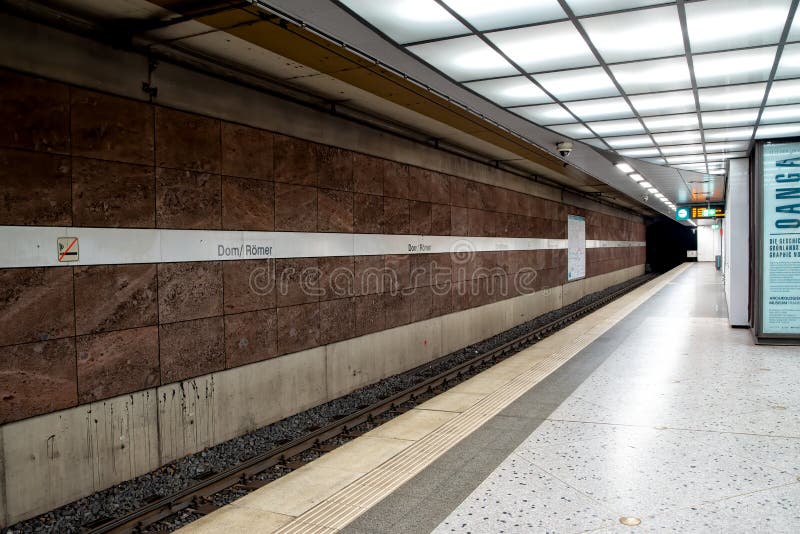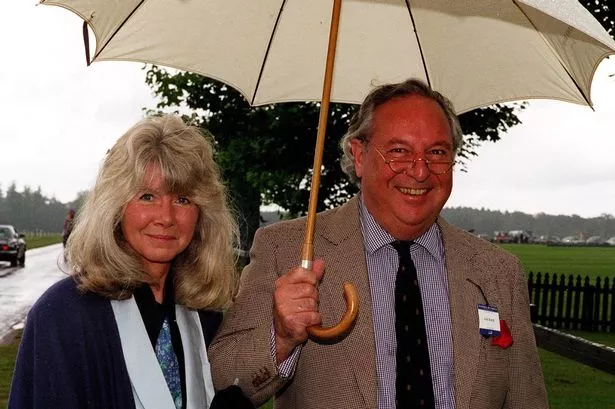BBC finds Russian guards, Iranian trucks and rusting railway on Trump’s Caucasus peace route
Grigor AtanesianBBC News Russian in Syunik, Armenia
BBC
The future Trump peace route would be built on the ruins of a Soviet railroad
An abandoned station, a few rusted carriages and a dozen metres of track are all that is left of a Soviet railway in southern Armenia.
It may seem unlikely, but this derelict stretch of track in the South Caucasus has been tapped to become a symbol of peace brokered by the US president, on the Trump Route for International Peace and Prosperity, or Tripp.
Scattered around are fragments of a head from a monument to a communist hero. A female statue is missing an arm.
“We are on the Trump route, also known as Crossroads of Peace, the Silk Road, and the Zangezur Corridor,” says Marut Vanyan, a local journalist. “But so far none of this looks American.”
This is one of the “unendable wars” Trump claims to have brought to an end, in an agreement between Armenia and its long-time enemy Azerbaijan.
The plan envisages US companies moving in under a 99-year deal to develop the 43km (26-mile) route through Armenian territory along its entire border with Iran, in a corridor linking Azerbaijan to its exclave of Nakhchivan.
A railway, motorway and pipelines are all promised and Trump has spoken of companies spending “a lot of money, which will economically benefit all three of our nations”.
On the ground, the scale of the challenge is clear. This transport link will have to be built from scratch, but political hurdles far outweigh economic issues.
Trump’s intervention could reshape the geopolitics of a region that Russia claims as its sphere of influence. Hardliners in Tehran are also worried and are threatening to block the project.
War and peace in the Caucasus
The Tripp proposal is key to ending a conflict between Armenia and Azerbaijan that started over Nagorno-Karabakh, a part of Azerbaijan historically populated by Armenians.
In 2023, Azerbaijan recaptured the disputed region, and virtually the entire Armenian population fled their homes. This was not the first such expulsion in this conflict: in the 1990s over 500,000 Azerbaijanis were displaced.
Vanyan was among those who fled their homes in 2023.
Having escaped the war zone, he settled in Armenia’s southern province of Syunik just when it became a new hotspot between the two neighbours.
Azerbaijan demanded that Armenia give part of this region as a “corridor” to its exclave of Nakhchivan. The region is also known as Zangezur, and the proposal was branded the “Zangezur corridor”.
But when Armenia rejected the demand, clashes erupted on the border, and many feared a new war.
Then, in August 2025, Trump unexpectedly broke the deadlock. Hosting Azerbaijan’s President Ilham Aliyev and Armenian Prime Minister Nikol Pashinyan at the White House, he offered a solution designed to satisfy both sides.
Marut Vanyan stands close to the Aras river that separates Armenia from Iran
A future Trump route promises both “unimpeded connectivity” for Azerbaijan and “full respect” for Armenia’s sovereignty. The route will be managed by a private US company.
Both nations’ leaders say the Washington meeting has restored peace in their region and praise Trump’s intervention as a game changer.
But the document they signed is thin on detail and offers no timeline for the Tripp to be built.
Crossroads for Western, Russian and Iranian interests
US mediation became possible because of Russia’s weakened position in the South Caucasus.
For years, the Kremlin worked towards re-opening the route that now bears an American president’s name.
And although Russia’s proposal for its FSB border troops to guard the future road has been rejected, they still patrol the stretch of the Armenia‑Iran border that has been chosen for the Trump route.
As the BBC filmed on the ground, a Russian FSB patrol vehicle pulled up in front of us. A young man in uniform asked us about a drone filming the border from above. We said it was not ours and the Russian patrol moved on.
Armenia’s Syunik region is also a key hub for its exports, and businessmen and trucks from Iran are a familiar sight. Iranian construction companies are building a new bridge that will cross the future Tripp.
The Aras River that separates the Islamic Republic and Armenia is the very line the route is set follow.
It is unclear how the US and Iranian companies will co-exist in Armenia, given recent US involvement in the Israel‑Iran war.
A senior adviser to Iran’s supreme leader threatened to turn Tripp into “a grave for Donald Trump’s mercenaries”, but Iran’s government has been more measured.
Iran is a friend and neighbour to both Caucasus nations and Armenia has told Tehran the project is not a threat to its interests.
Armenia expects new investment in areas abandoned for over 30 years
There is also increased European presence in southern Armenia.
France has recently started selling weapons to Yerevan and has opened a consulate in Syunik. An EU monitoring mission is deployed to the region, and the future Trump route is seen by the EU as part of a “middle corridor” linking it with Central Asia and China and bypassing Russia.
Turkey is also eager to benefit from an opening created by waning Russian influence.
Ankara is in talks with Armenia to normalise relations and has voiced support for Tripp, which would create a direct link from Turkey to Azerbaijan through its exclave.
Armenia’s government appears calm about the various competing interests. It wants to become a “Crossroads of Peace” where all regional powers will co-operate.
“They say everything will be fine and that there will be billions of euros of investment, new roads and trade with Iran, America, Europe, Turkey and Azerbaijan,” Marut Vanyan says with an incredulous smile.
A formal peace treaty between Azerbaijan and Armenia has not yet been signed, but one thing is clear: since the Washington meeting, not a single shot has been fired on the Armenia-Azerbaijan border.
Trump’s intervention has brought at least temporary relief to those who for years have lived in fear of renewed fighting.





